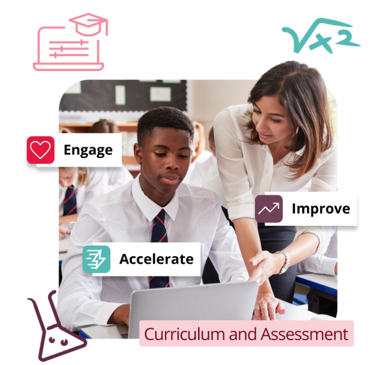
Teachers
One resource that does it all, online or offline, in or out of class. Support you can rely on and content you can trust.

Students
Perfect for learning or revising for your GCSE/ IGCSE exams. Even if you don’t yet subscribe, we still have plenty of resources to help you.

Parents/Guardians
Help your child learn, retain and recall all the information they need to achieve their GCSE goals.
Proven to help students achieve more
Access GCSEPod is proven to help students achieve one grade higher on average than non-users, across 30+ GCSE subjects and all exam boards.
Providing the highest-quality content and assessment, teachers know they can rely on us to reduce their workload and help their students achieve more.
That’s why we are the number one choice and trusted by over 1,700 subscribing schools.
We provide content for Key Stage 3, GCSE, IGCSE, SQA, GCSE resits & Functional Skills.
Results that make you go ‘wow’
Here are some results we obtained from a Year 11 Impact Analysis. Data collected from 3,527 Yr.11 students, across 24 schools.
more Progress 8 points
for regular users compared to non-users
attainment 8 points achieved
by the highest users compared to non users
grade higher achieved
on average compared to non users





